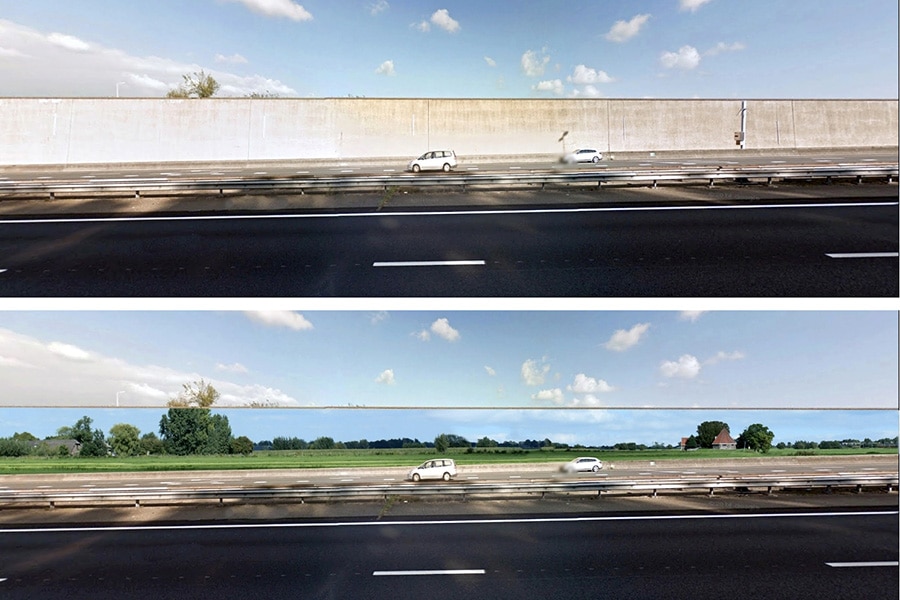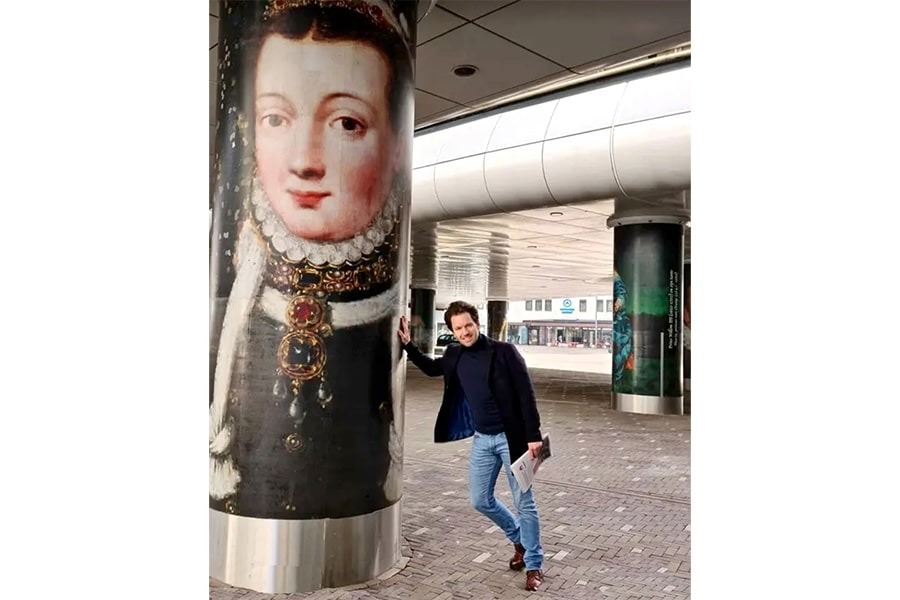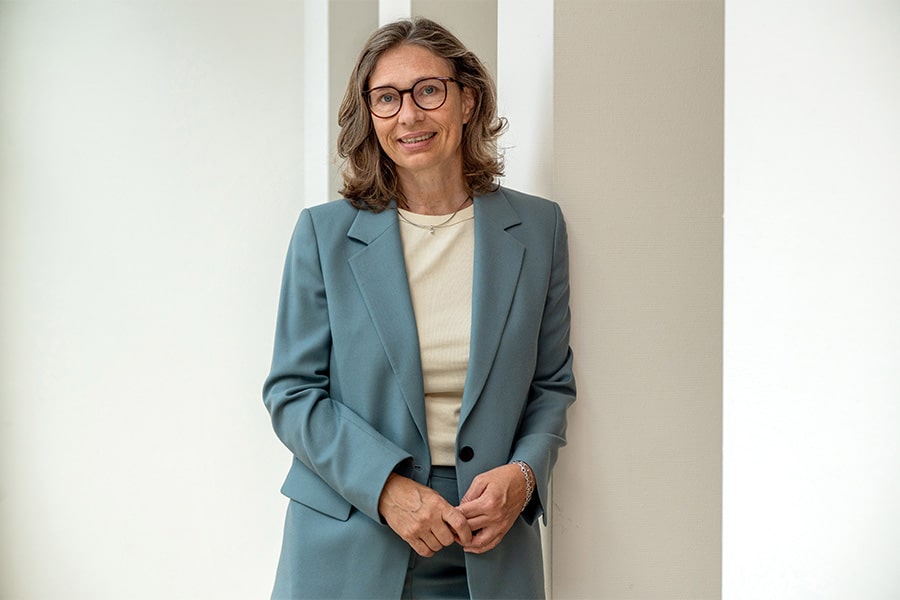
Desire for more concrete beautification through color conquers concrete industry and outdoor space in the Netherlands
"On average, our country often has 'gray and drab weather,' and that's exactly why I wonder why we use the color gray so much in the design of the urban environment. Gray + gray = boring. Why not a little more color?" Speaking is the visibly inspired Dominic Brown (40), creative entrepreneur from The Hague. "Color demonstrably does something to people. The concrete and steel industry in the Netherlands can also make some strides, as far as I'm concerned. How? We can dress up concrete! We can make concrete more beautiful! We can take the experience of concrete to the next level!"

Anyone who ever comes to the Hofstad has surely seen or walked past his beautiful work. For example on and around the Central Station in the city center. Various viaducts, underpasses or pillars feature larger-than-life impressions that tell something about the city, its inhabitants and its history. Anything better than all that gray and drab concrete. It is a true upgrade of the surroundings.

Social security
But we still do this far too little in our country. Brown: "So we are missing opportunities. Because color - especially in combination with the right lighting - offers more social safety. It has also been shown that where there is more color, there is less unwanted graffiti. In addition, you can use color to create opportunities to promote the city's history or culture. But above all: by providing concrete (blocks) with foil with a colorful drawing or design, covered with a coating - because, that's how it works - you are also doing something sustainable. Because of the protective coating, the concrete is less affected by weather conditions. This means: less erosion! And so concrete lasts longer or needs a less strict maintenance program. For me, it is still incomprehensible that many big guys in the concrete industry don't see this or ... don't want to see it?"


Decay
"In cities in the Netherlands there are so many ugly places. There are many locations where the color gray could be made more attractive. The concrete there is not dressed up: degradation strikes. I am convinced that many residents, passers-by and ordinary citizens do not accept this visual deterioration either: they do not understand that no euros are allocated to simply beautify the environment and thereby achieve social objectives. Especially in the locations that are so eye-catching. And, speaking of money: for relatively little money we can create that impact!"

Citymarketing
Brown even sees that need for beautification as a component of corporate social responsibility. "The concrete guys are good with their technical innovations to achieve a piece of sustainability, either in the production processes or in the final product. Fine.

I think that from the Netherlands we are leading the way in this worldwide. But, corporate social responsibility also means making sure that people experience the environment as safe. Don't you want people to feel comfortable in public space? That is - I think - actually also a task for the concrete and steel industry, and especially for the parties who work on our infrastructure. In other words, it is also a call to the architects of the Netherlands who work every day to design our outdoor spaces. Moreover, beautifying concrete can even become a (commercial) part of smart city marketing. After all, you create places that become interesting for taking selfies. Tourists love it. They are looking for just that. As long as they can take a selfie and as long as they can post something interesting. So dressed concrete only delivers benefits."


![[Job opening] Civil Advisor at Spaarnelanden 9](https://gww-bouw.nl/wp-content/uploads/2025/12/Naamloos-2-kopie.jpg)

